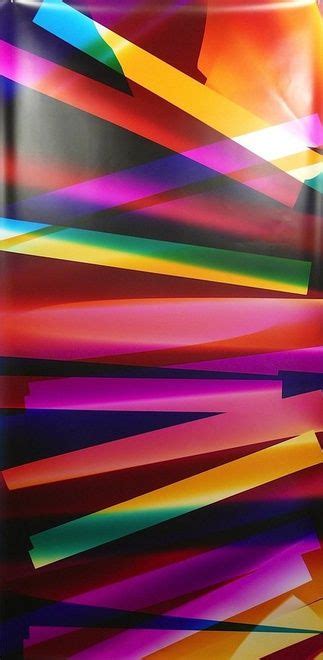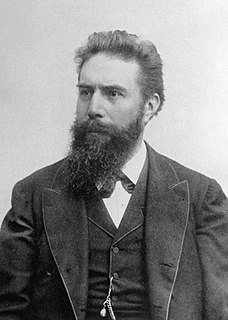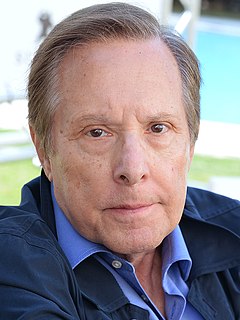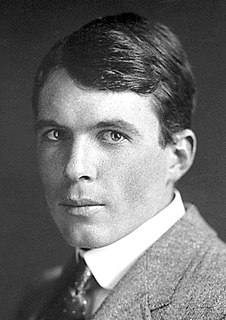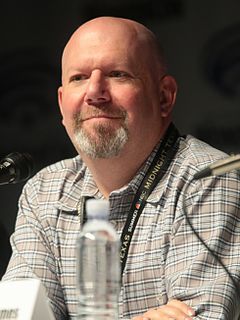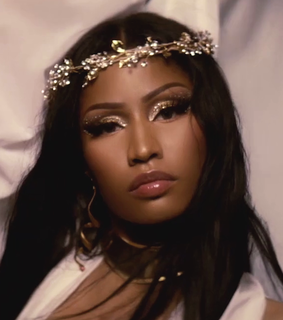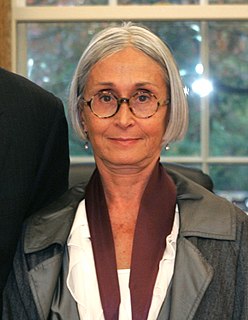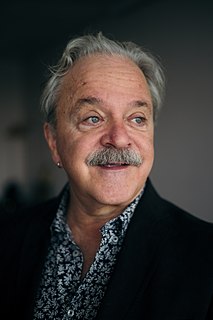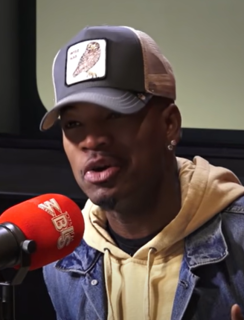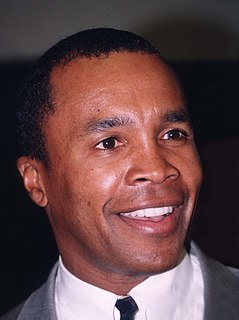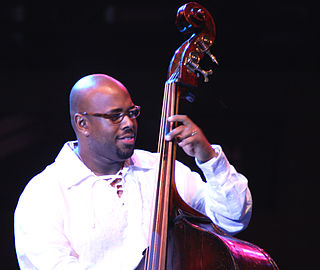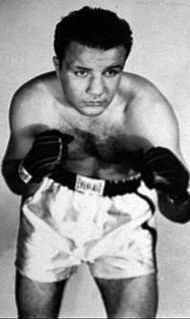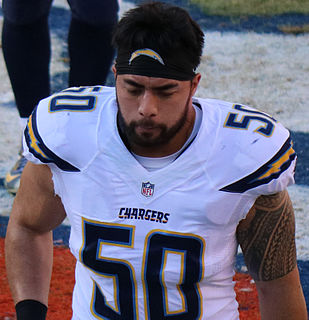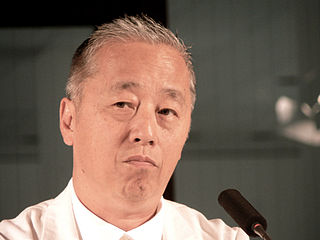A Quote by Walead Beshty
[X-ray's] accidental discovery in the late 1800s fits seamlessly into modernity's fascination with, and belief in, the power of technological transparency: the desire to domesticate time (cinema), to preserve and capture the surface of the fleeting (photography), to see inside (x-ray).
Related Quotes
The present rate of progress [in X-ray crystallography] is determined, not so much by the lack of problems to investigate or the limited power of X-ray analysis, as by the restricted number of investigators who have had a training in the technique of the new science, and by the time it naturally takes for its scientific and technical importance to become widely appreciated.
To speak technically photography is the art of writing with light. But if I want to think about it more philosophically, I can say that photography is the art of writing with time. When you capture an image you capture not only a piece of space, you also capture a piece of time. So you have this piece of specific time in your square or rectangle. In that sense I find that photography has more to do with time than with light.
For my money, Ray Brown is the greatest living bass player. Every great thing that's happened on bass since Ray Brown -- all of us point back to him. That's where it started, you know. Ray Brown is definitely a walking master, and to get to play with him is obviously an opportunity that no one should ever pass up.
In 1978 I decided not to work with Man Ray as an act of self-discipline. I didn't want to rely on him. Man Ray hated not working, though. He would come into my studio, see me drawing or working on photographs, and just slump down at my feet with a big sigh. Fortunately for both of us the year ended. Polaroid had invented a new camera, the twenty-by-twenty-four, and I was invited to Cambridge, Mass., to experiment with it. Naturally, I took Man Ray and we were working again.
